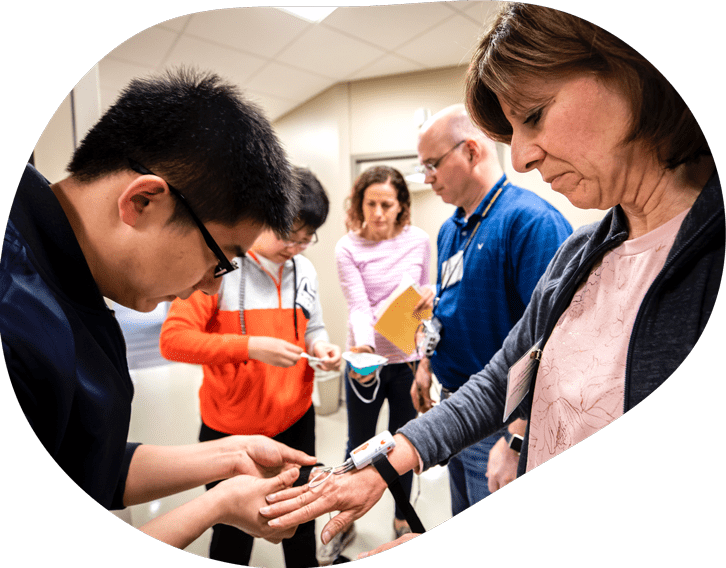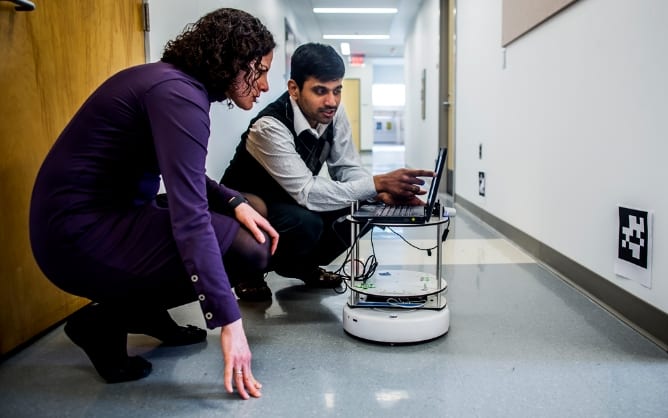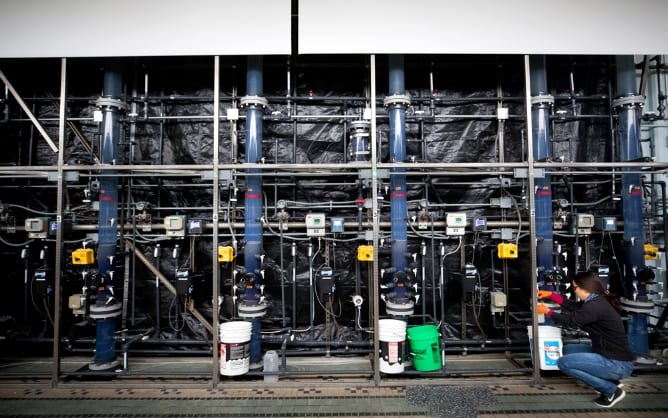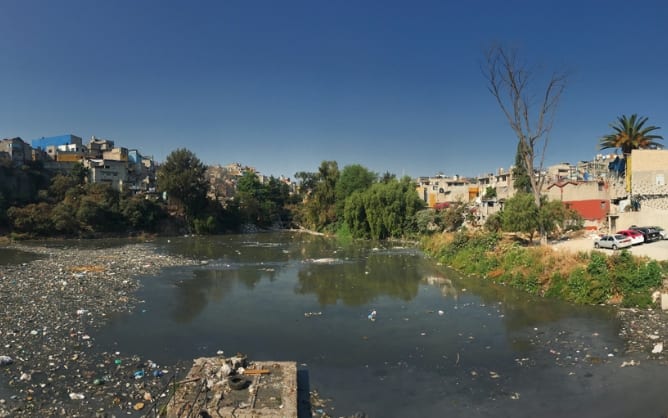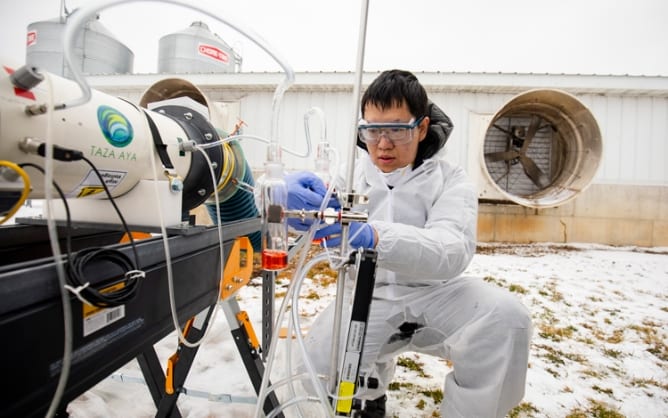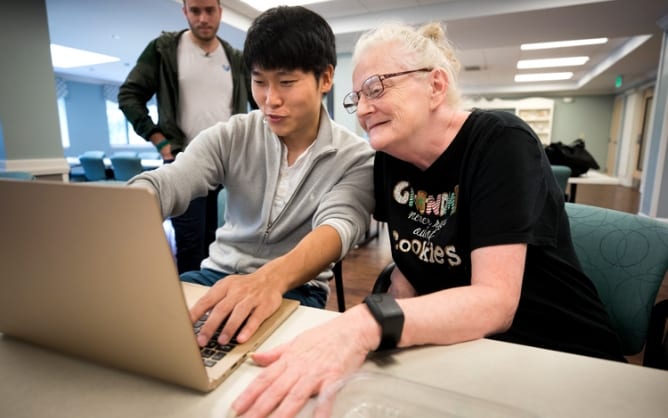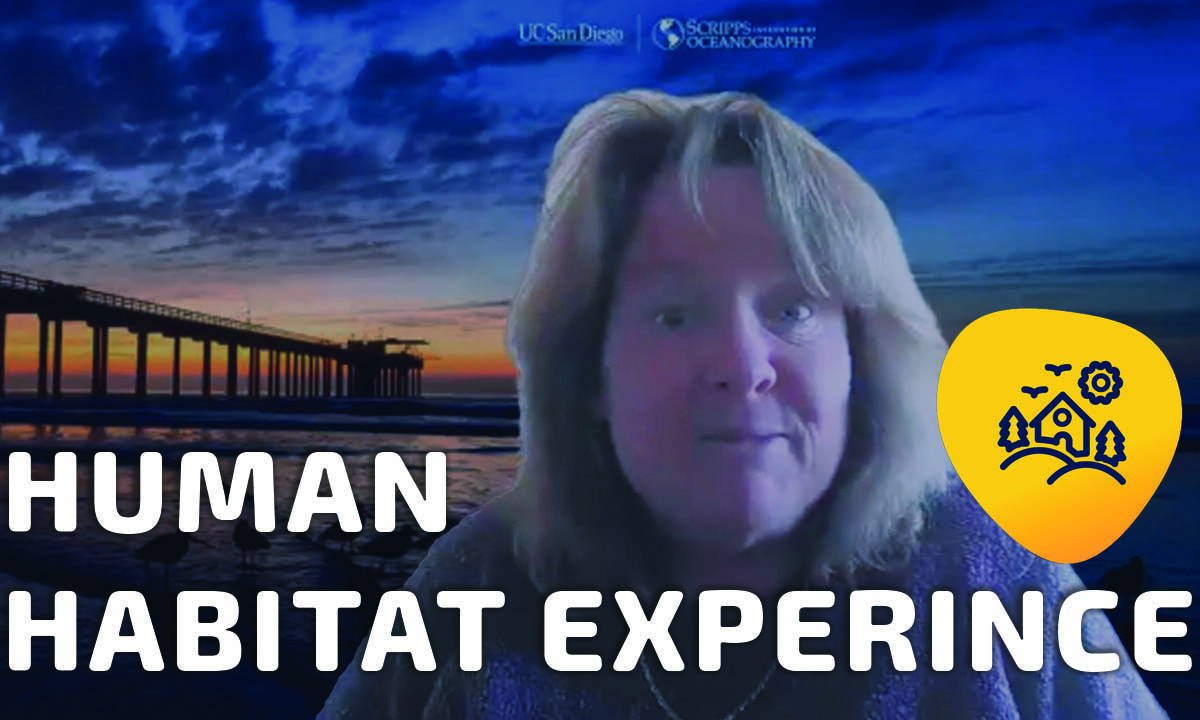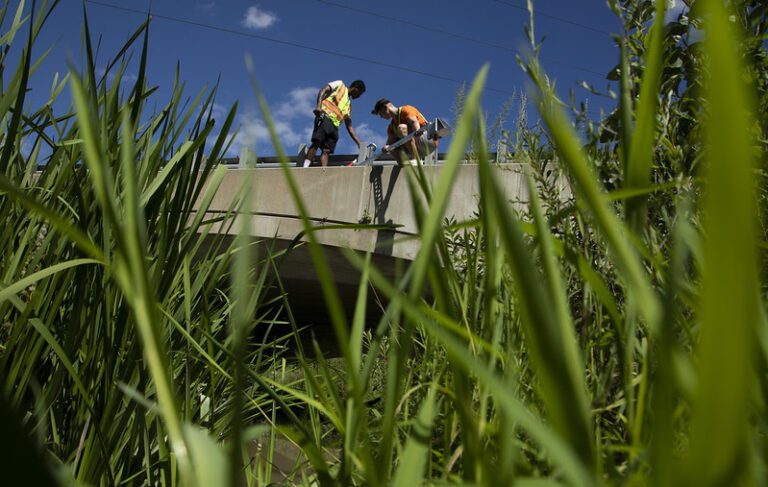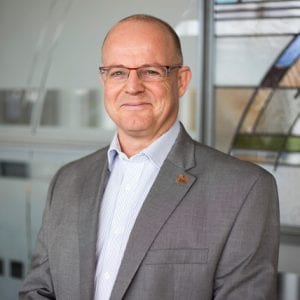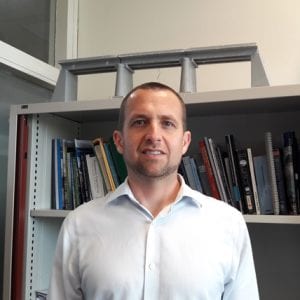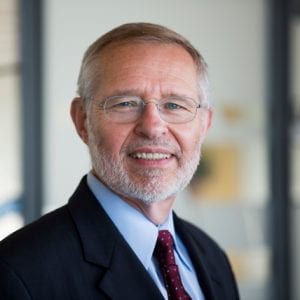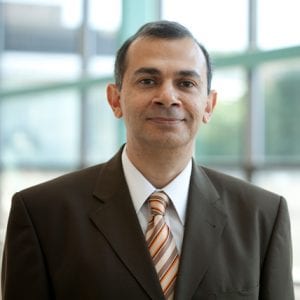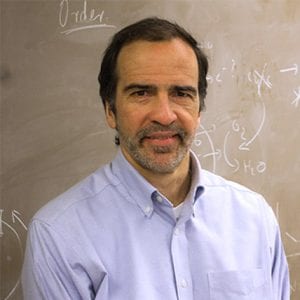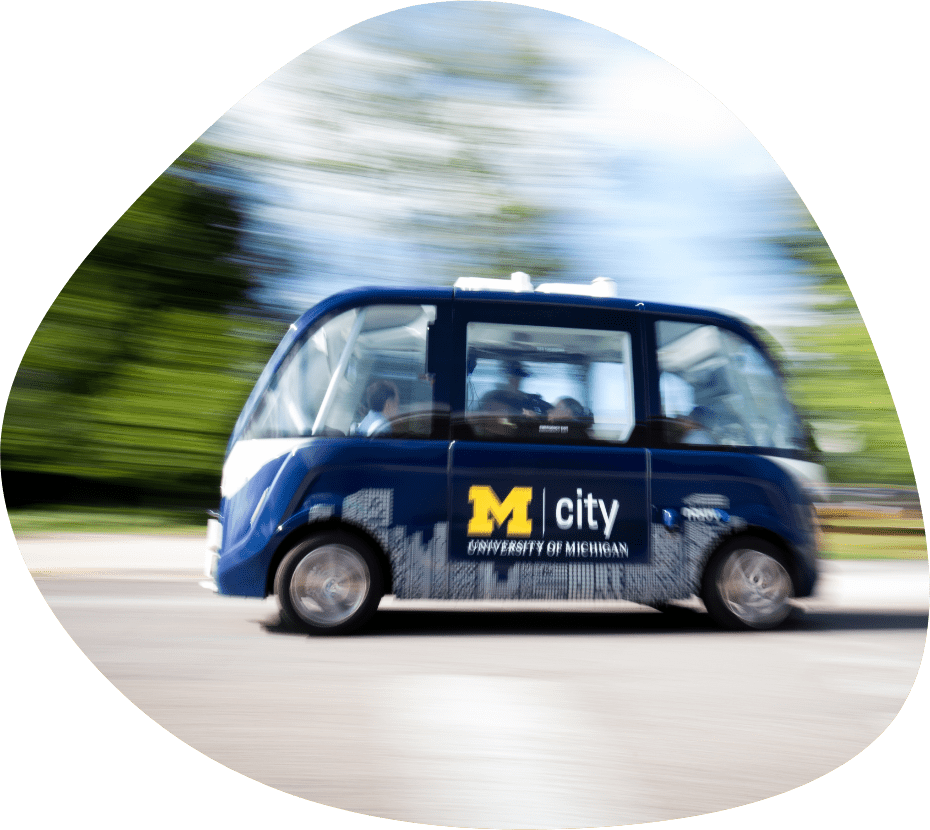The built and natural environment frames the daily human experience, facilitating social interactions, enabling movement of people, and providing the resources needed to flourish. To enhance this experience, we will promote convergent ideas that are grounded in a profound understanding of social and historical contexts and in close partnership with those who experience our designs. Empathic listening will be essential for understanding how people experience the built environment, recognizing how participatory infrastructure design can bolster trust and usability. We are deeply committed to equitable and just access to the built and natural systems, embracing diverse viewpoints that reflect the principles of People-First Engineering. We will expand the fundamental body of knowledge underpinning impacts of infrastructure on human well-being, finance, and policy. Our research will lay the groundwork for policy solutions that encompass human needs. Importantly, we will spearhead equity-focused education to equip the next generation of civil and environmental engineers with participatory tools and perspectives that are essential to build holistic perspectives into their future practice.
